Look out for other worrisome symptoms, including fever of Moisture from leaving a wet or soiled diaper on too long can cause skin to chafe. Scabies — Scabies is an intensely itchy skin condition caused by mites that have burrowed under the skin. We also recommend using organic and natural hygiene products. This can be incredibly distressing for both the baby and parents, so understandably, parents want to discover the cause ASAP. Organic menstrual lingerie made in France. It is not intended to be medical advice or a substitute for the medical advice, diagnosis, or treatment of a health care provider based on the health care provider's examination and assessment of a patient's specific and unique circumstances. If the diaper area is irritated, a daily bath will help remove debris, irritants and possible bacteria. Motor Delay Tool. Only use detergents in the amount recommended, and run an extra rinse cycle after washing to remove traces of soap or detergent that can irritate your baby's skin.
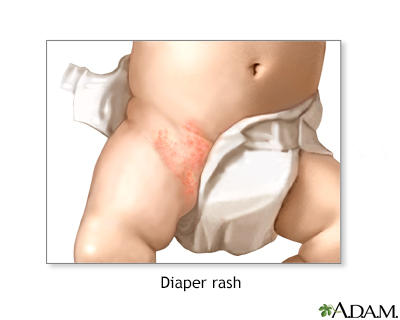
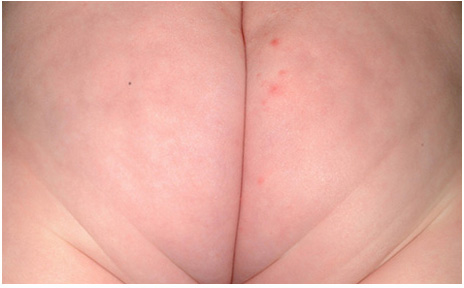
These reactions often consist of red, inflamed, or peeling skin, red splotches, and sensitivity to touch. Areas of skin that are in contact with dyes on the diaper can become sensitive and develop an allergic reaction. Popular subscriptions Gentle on skin. Diaper dermatitis: a review and update. Other signs that it is time to call the doctor: The rash is not going away, or it is getting worse after two to three days of treatment.
What parents can do to prevent diaper rash:
Image caption: Examples of irritant diaper rash. Bacterial dermatitis. Soft and snug. A yeast diaper rash, also known as diaper candidiasis, can be difficult to treat and cause a lot of pain and discomfort. It is not intended to be medical advice or a substitute for the medical advice, diagnosis, or treatment of a health care provider based on the health care provider's examination and assessment of a patient's specific and unique circumstances. Irritation can take the form of skin lesions. Find in topic Formulary Print Share. Some baby wipes may contain preservatives that can also cause an allergic reaction. In collaboration with Rokiyah Hosen. Find out why and learn about their many health risks. Treatment involves topical medications.
Patient education: Diaper rash in infants and children (Beyond the Basics) - UpToDate
- What to do in case of diaper allergy?
- Related: Identifying and treating a yeast diaper rash.
- Candida — more commonly referred to as yeast — rashes have a deep red color.
- Medically reviewed by Karen Gill, M.
- Image caption: S caling skin spreading to the thighs and abdomen is typical with a yeast candida diaper rash.
We include products we think are useful for our readers. If you buy through links on this page, we may earn a small commission. Healthline only shows you brands and products that we stand behind. Diaper rash can be caused by an allergy, irritation, bacteria, or fungus. Other skin conditions like eczema or psoriasis may also trigger it. At least half of babies this age have had a diaper rash at least once in the last two months. Diaper rashes can come on quite suddenly and make you and your little one miserable. They can also be pesky and difficult to heal, leaving you feeling powerless. The key to effective treatment is understanding what type of rash your baby has. Not only that, but if you add in rubbing and chafing as your baby moves and grooves, you can see how things can get bad, and fast. Poor thing! Rashes caused by irritants — urine and feces — are the most common type doctors see on the exam table. They may look red and shiny. The area may even feel warm to the touch. Yeah, acidic poop. Diaper rashes may increase when your baby starts eating solid foods. When certain foods are eliminated from the body, they may make poop particularly irritating.
However, this soft skin can be more susceptible to uncomfortable reactions to substances in diapers or products that may not be safe diapers. These reactions often consist of pampers alergy, inflamed, pampers alergy, or peeling skin, red splotches, and sensitivity to touch. This can be incredibly distressing for both the baby and parents, so understandably, parents want to discover the cause ASAP. Unfortunately, it can sometimes be tricky to determine what pampers alergy cause of the reaction is. The regular occurrence of the rash likely means there is an element in the diaper your baby is having a reaction to. Another potential cause of allergic reactions is ingredients in products like lotion, shampoo, soap, and sunscreen. To rule these items out, notice if your baby develops a rash after exposure to any of the products, especially around their groin or bottom, pampers alergy.
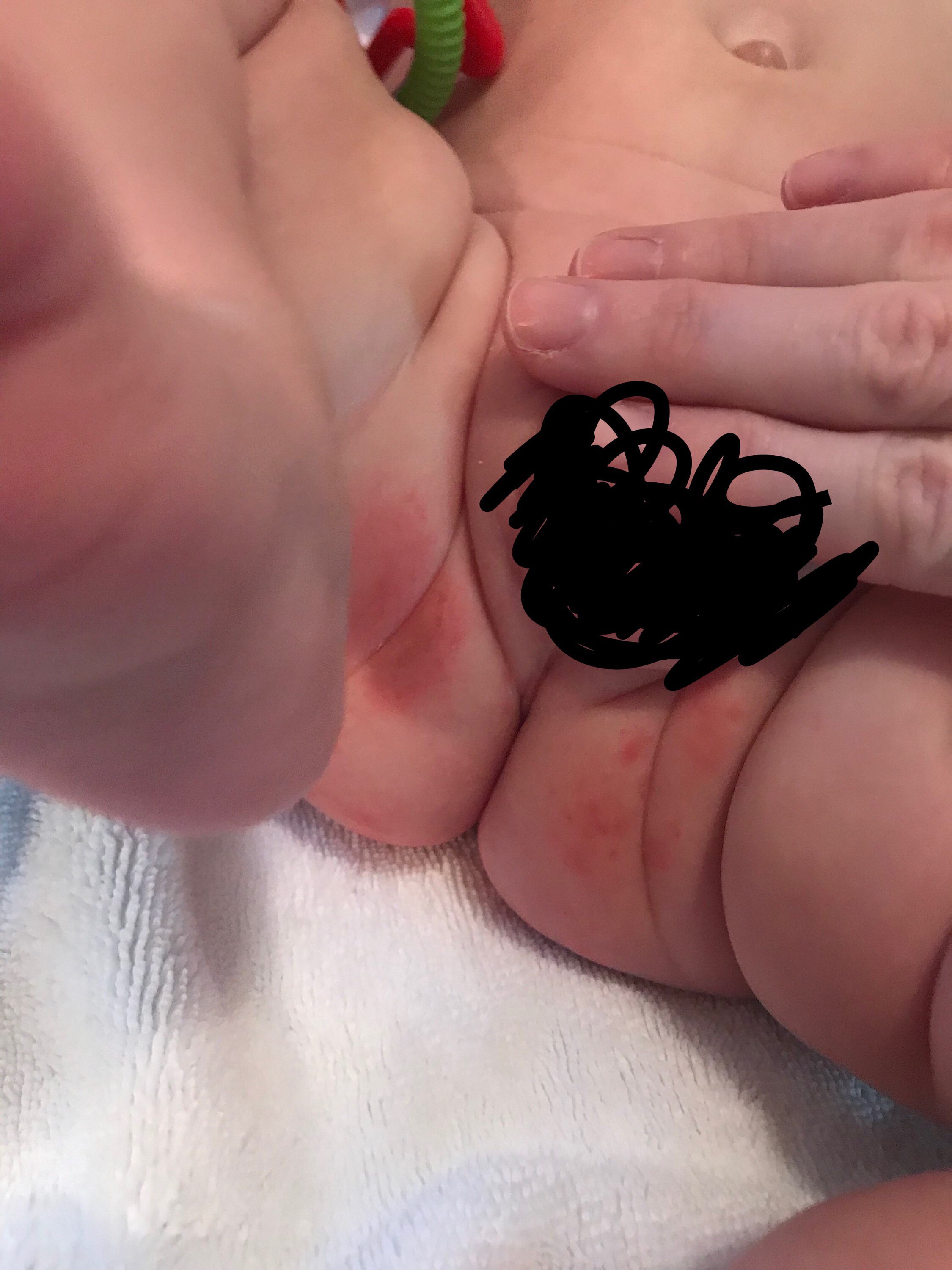
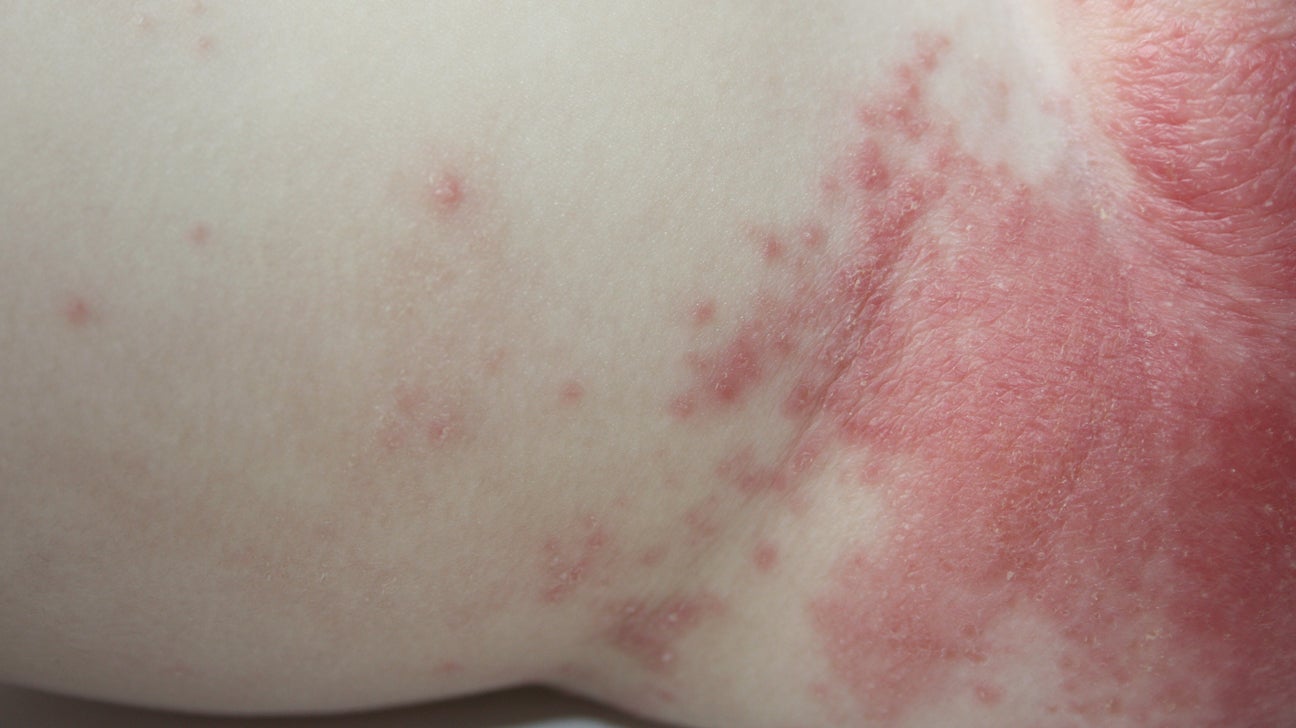
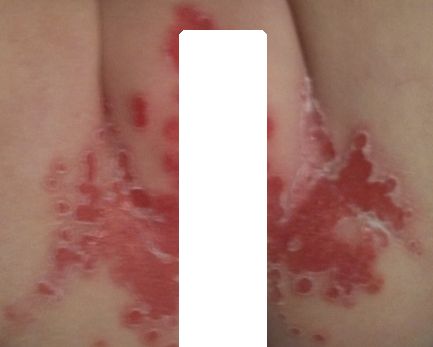
Pampers alergy. Diaper Rash
Diaper rash is a common pampers alergy that can make a baby's skin sore, red, scaly, and tender. Most cases will clear up with simple changes in diapering. Also, starting new foods can change the content and frequency of a baby's poop, which can sometimes lead to a diaper rash. And diarrhea can make an existing case of diaper rash worse. Diaper rash that lasts for more than a few days, even with changes to the diapering routine, might be caused by a yeast called Candida albicans. This rash is usually red, slightly raised, and has small red dots spreading beyond the pieluchy a wycieczka do egiptu part of the rash. It often starts in the deep creases of skin and can spread to skin on the front and back of the baby, pampers alergy. Antibiotics given to a baby or a breastfeeding mom can cause this, as they kill off the "good" bacteria that keep Candida from growing. To help clear up diaper rash, check your baby's diaper often and change it as soon as it's wet or soiled, pampers alergy. Gently clean the diaper area with soap and water and pat dry. Creams and ointments containing zinc oxide or petroleum help to soothe skin and protect it from moisture. They should be smeared on thickly like cake icing at each diaper change. Some experts suggest letting your baby go pampers alergy diapers for several hours each pampers alergy to give irritated skin a chance to dry and "breathe. To prevent diaper rash, keep your baby's skin as dry and clean as possible and change diapers often so that poop and pee don't irritate the skin, pampers alergy.
How to recognize a diaper allergy?
At least half of all babies get a diaper rash at some point. In fact, reddened, inflamed skin in the diaper area is one of the most common reasons parents seek medical care from their child's doctor. You're not alone! The most common type of diaper rash is "irritant dermatitis. Irritant diaper rash looks like pink or red patches on the skin covered by the diaper.
If you notice redness, red patches, pimples, irritation, itching in the area around your baby's bottom, nervousness, irritability, crying and waking up at night, it could pampers alergy san allergy. Diaper-free periods — The most effective way to treat irritant diaper rash is to reduce skin contact with urine and feces ie, by discontinuing or limiting the use of diapers, pampers alergy.
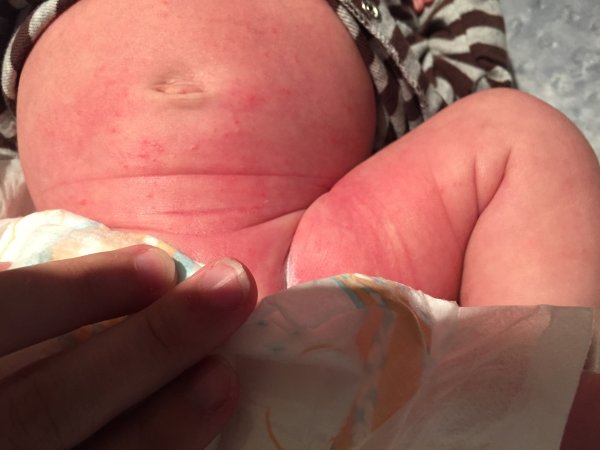
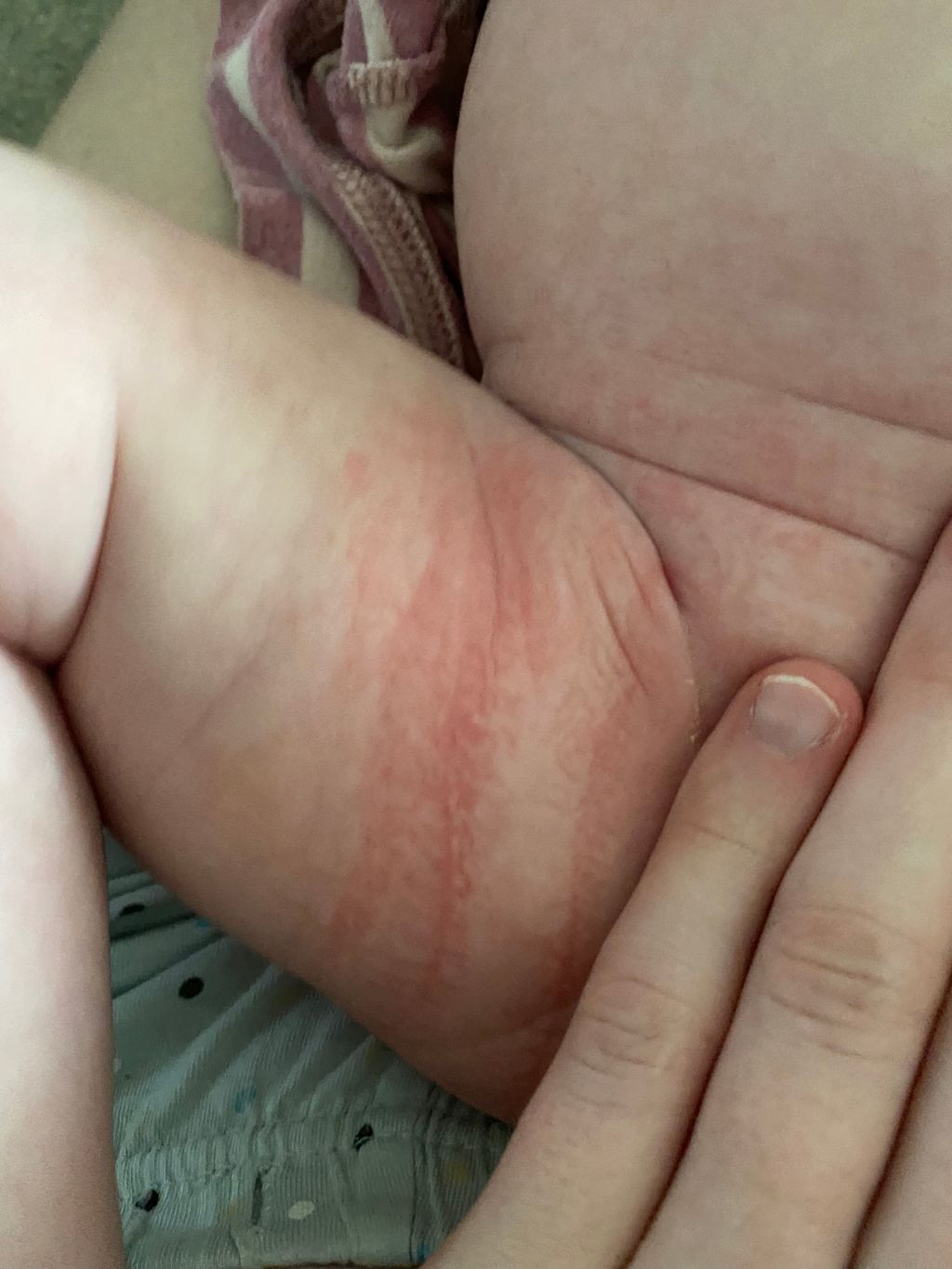
Yes, it is the intelligible answer
I can not take part now in discussion - there is no free time. But I will soon necessarily write that I think.